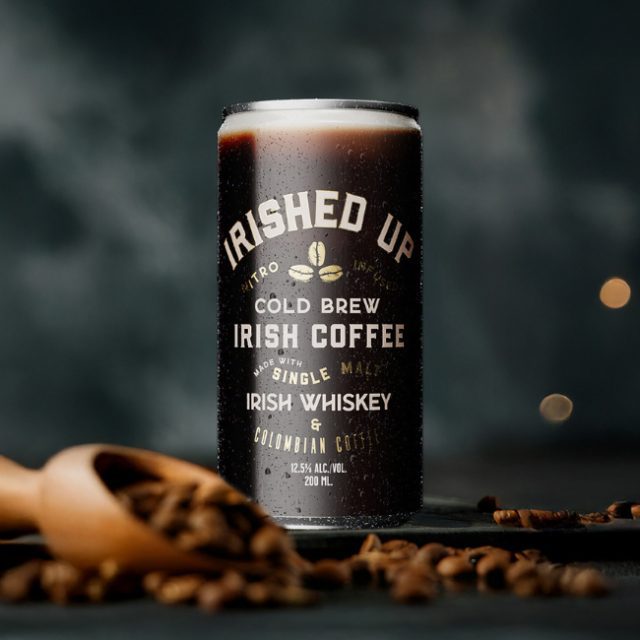Just a few more Clynelish, already in the Christmas spirit
Clynelish 18 yo ‘Waxen Sun’ (51.6%, OB, Special Release 2025, refill casks)
Clynelish 24 yo 2001/2025 (51.8%, Milroy’s Vintage Highland Reserve, hogshead, cask #235, 164 bottles)
Clynelish 35 yo 1990/2025 (42.7%, Signatory Vintage, Symingt…

